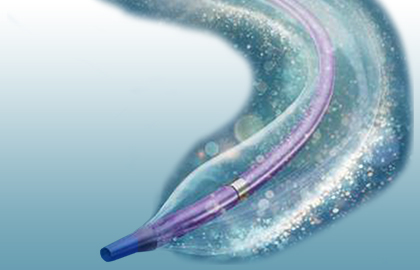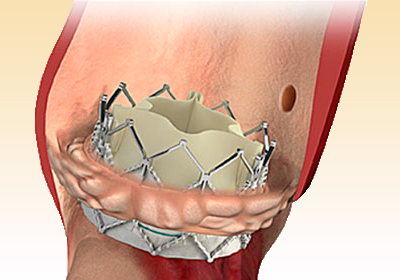A new sirolimus-eluting bioresorbable scaffold with far thinner struts resulted non inferior to the Xience as to the end point of angiographic in-segment late loss (LL) powered for noninferiority testing. Even though this is a small study with angiographic end points, it might be the first step towards the return of bioresorbable scaffolds.

Part of this success was attributed to the thinner struts, but also to a refined implantation technique and correct lesion selection.
With struts of 100 to 125 microns, the new scaffold called Firesorb is far thinner than the discontinued Absorb, but even thicker than contemporary DES. This technology has made impressive progress in the right direction but still has a long way to go.
We should bear in mind that one year ABSORB III outcomes, showing non-inferiority for the discontinued scaffold vs. Xience, was what got it the FDA approval for clinical use. It was long after when data with twice as many events associated to the scaffold was reported, including target vessel MI and thrombosis, vs. Xience.
Absorb width of 150 microns created a more turbulent flow, delayed endothelization and reabsorption. The 100 to 125 microns of the Firesorb provide a theoretical advantage.
Read also: EuroPCR 2021 | CLASP: 2 Year Outcomes of the New Mitral Valve Repair System.
The FUTURE II was a prospective multicenter study randomizing to Firesorb vs Xience 430 patients with planned PCI for myocardial ischemia and lesion to one or two vessels. Lesions had to be 25 mm or les in vessels between 2.5- and 4-mm diameter.
The angiographic primary end point was in-segment late loss (LL) and secondary end point was 1-year proportion of covered struts assessed by optical coherence tomography (OCT).
The angiographic primary end point reached non-inferiority as did the proportion of covered struts by OCT.
Read also: Very Short Dual Antiplatelet Therapy after Complex PCI.
Target vessel failure (combination of all cause death, any MI or any revascularization) also resulted similar with 1.9% for Firesorb and 3.3% for Xience (p=0.37). There was no definite or probable thrombosis in any patient.
Reference: Lei Song et al. J Am Coll Cardiol Intv. May 18, 2021. Online before print. DOI: 10.1016/j.jcin.2021.04.048.
Subscribe to our weekly newsletter
Get the latest scientific articles on interventional cardiology





